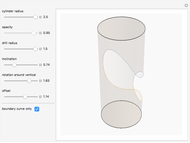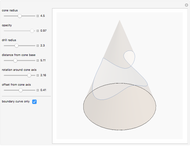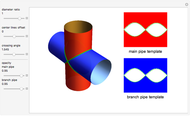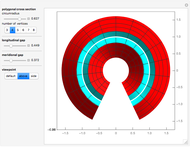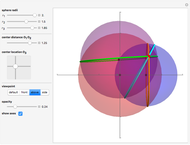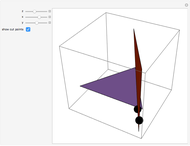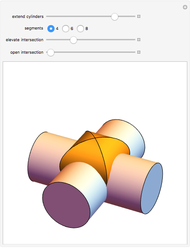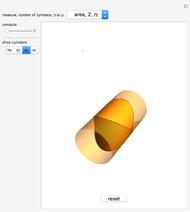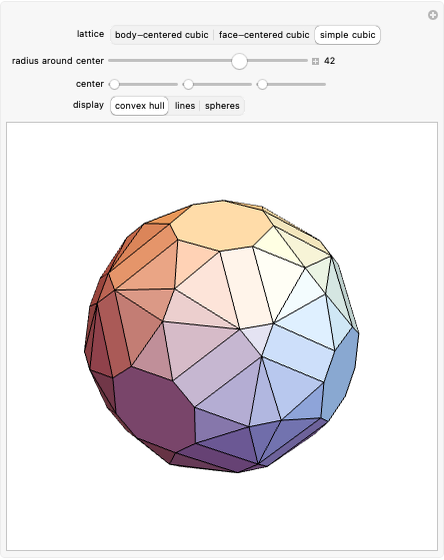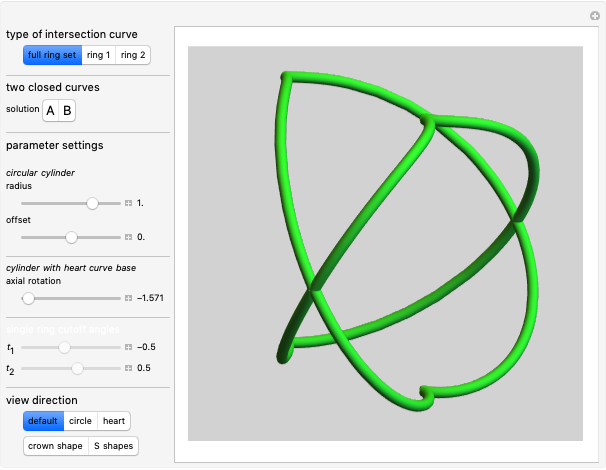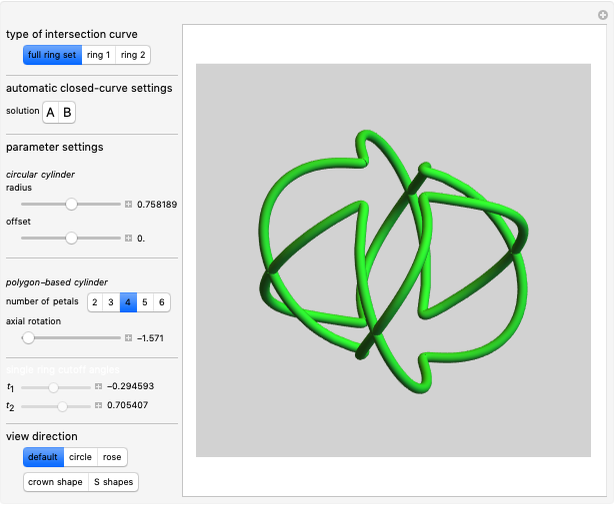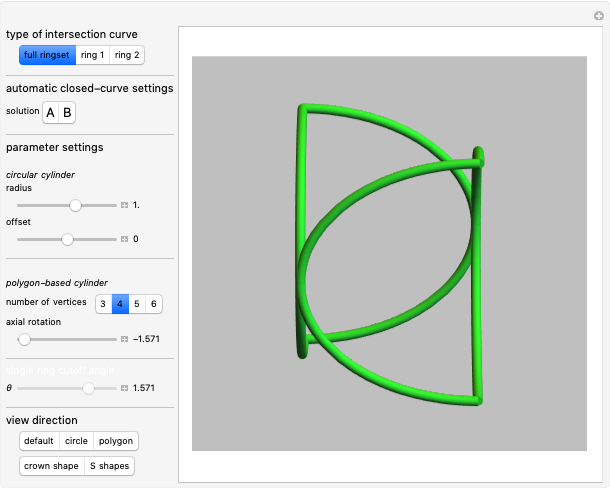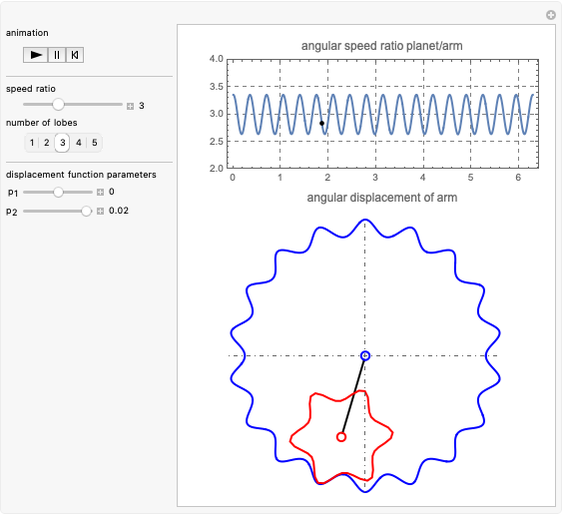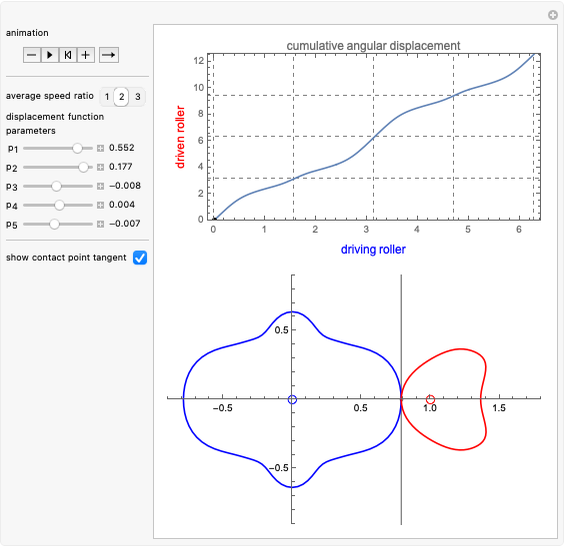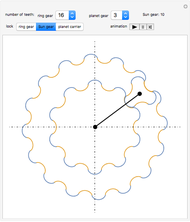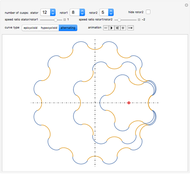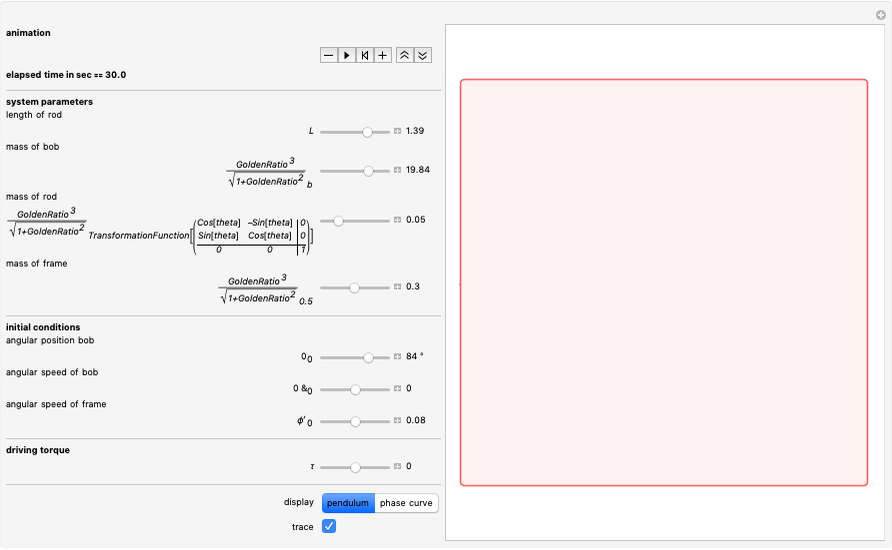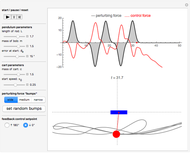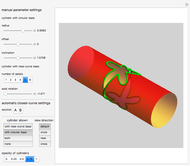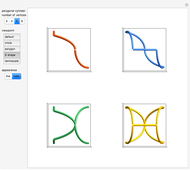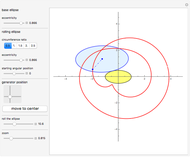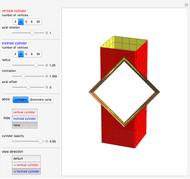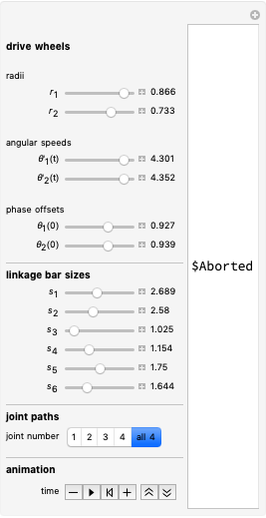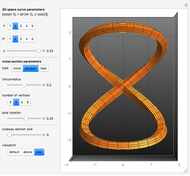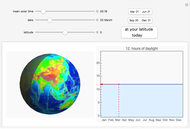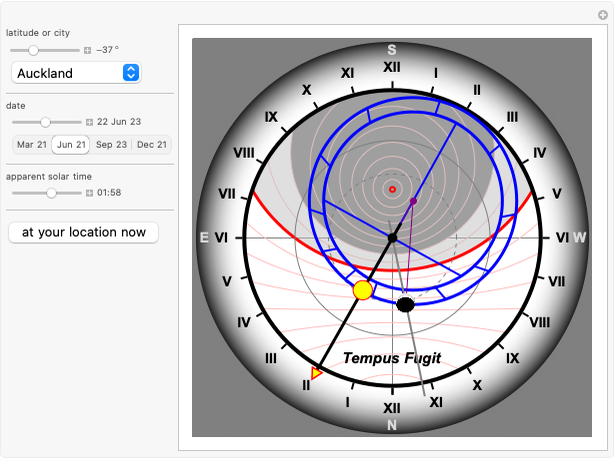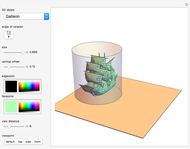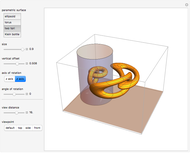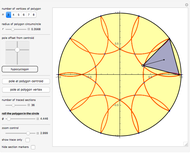Intersection of Circular and Polygonal Cylinders

Requires a Wolfram Notebook System
Interact on desktop, mobile and cloud with the free Wolfram Player or other Wolfram Language products.
Circular and polygonal cylinders intersect in interesting 3D curves. Mathematica's built-in function RegionFunction shows that the cylinders make realistic pipe connections.
Contributed by: Erik Mahieu (February 2014)
Open content licensed under CC BY-NC-SA
Snapshots
Details
The parametric equation of a circular cylinder with radius  inclined at an angle
inclined at an angle  from the vertical is:
from the vertical is:
 , with parameters
, with parameters  and
and  .
.
Define the functions  and
and  .
The
.
The  and
and  functions define the composite curve of the
functions define the composite curve of the  -gonal cross section of the polygonal cylinder [1].
-gonal cross section of the polygonal cylinder [1].
The parametric equation of a polygonal cylinder with  sides and radius
sides and radius  rotated by an angle
rotated by an angle  around its axis is:
around its axis is:
 with parameters
with parameters  and
and  .
.
To find the equation of the intersection curve, put  . This gives the three equations:
. This gives the three equations:
 ,
,
 ,
,
 .
.
These are equations with four variables,  ,
,  ,
,  , and
, and  . Eliminating
. Eliminating  ,
,  , and
, and  by solving the equations gives the parametric curve of the intersection with θ as the only parameter (choosing
by solving the equations gives the parametric curve of the intersection with θ as the only parameter (choosing  gives the upper or lower half of the intersection curve):
gives the upper or lower half of the intersection curve):
 .
.
Reference
[1] E. Chicurel-Uziel, "Single Equation without Inequalities to Represent a Composite Curve," Computer Aided Geometric Design, 21(1), 2004 pp. 23–42. doi:10.1016/j.cagd.2003.07.011.
Permanent Citation






